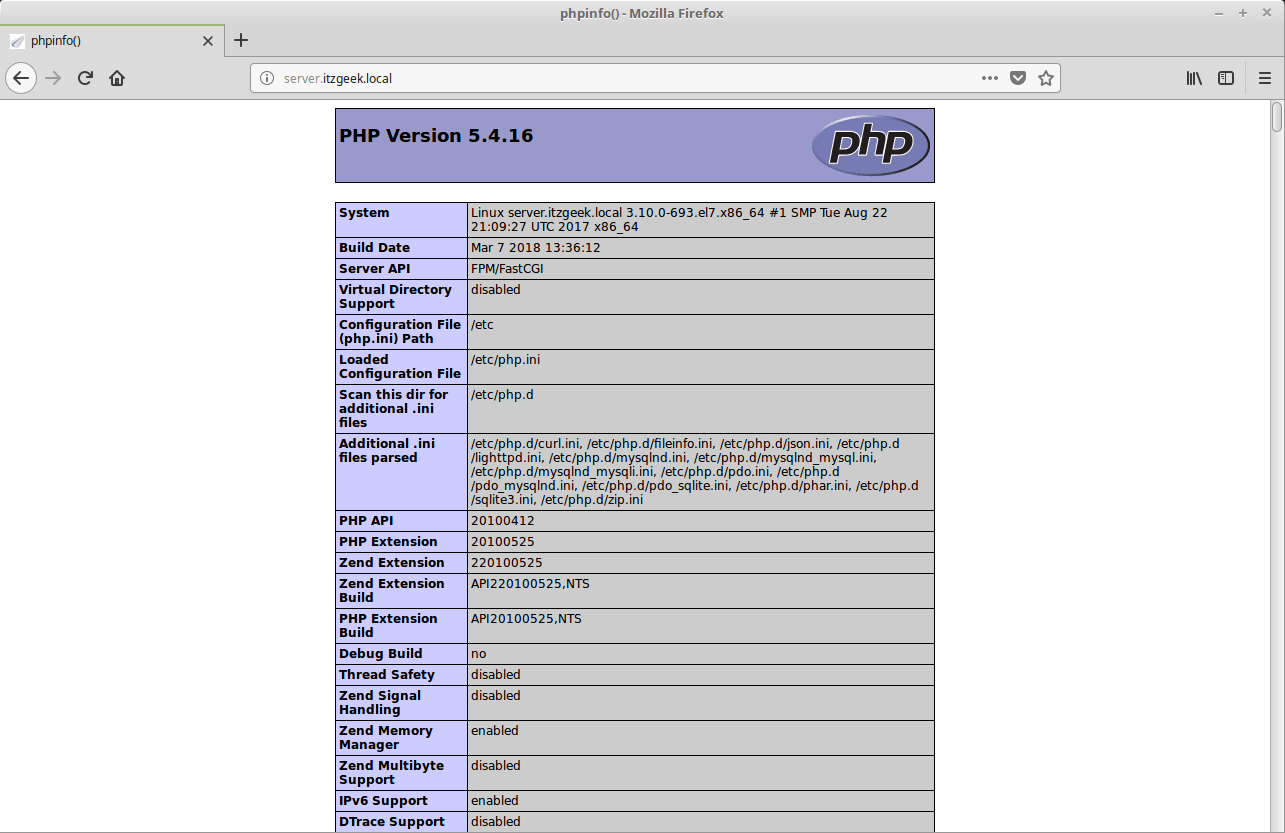


In this tutorial, we will explain how to set up a MySQL Master/Slave replication with one master and one slave server on CentOS 7. By default, the replication is asynchronous where the master sends events that describe database modifications to its binary log and slaves request the events when they are ready. MySQL supports a number of replication topologies with Master/Slave topology being one of the most well-known topologies in which one database server acts as the master, while one or more servers act as slaves. Thank you all, I hope my article was of some help to you.CentOS 7 Commands for Basic Configuration and Software Installation Success! Instead of the default PHP 7.2, we were able to install the latest PHP 8.2.3 Now we have to perform the last step, this is to run the PHP installation with the standard command:Īfter installing PHP, let's check which version we have installed, for this we will use a very simple command:

Now let's check the list of PHP versions again.Īs you can see, now the sign has appeared near remi-8.2. The sign means enable, enabled. Let's change the default PHP version from 7.2 to 8.2 using the command: We confirm the installation of the repository and the system will install it for us.Īt this point, we need to enable the Remi repository. The Remi repository provides packages that carry the latest version of PHP 8.2. In order for us to connect this repository, we use the command:Īfter entering the command, it will ask us to confirm the installation of the repository. We agree with the y key.Īt this point, let's see what version of PHP will be installed by default. View command:Īs you can see, PHP version 7.2 will be installed by default, because version 7.2 is opposite the special sign. The next step is to install the EPEl repository. EPEl carries additional Enterprise Linux packages. Enterprise Linux (EPEL) stands for Fedora Special Interest Group, which creates, maintains and manages a high quality set of add-on packages for Enterprise Linux. In order for us to install the EPEl repository, we must run the command: Since I ran this command not long ago, the system tells me that no new updates have been found. The first thing we need to do is run the command to install system updates, this is not necessary, but we can do it better. To check for updates, run the command:


 0 kommentar(er)
0 kommentar(er)
